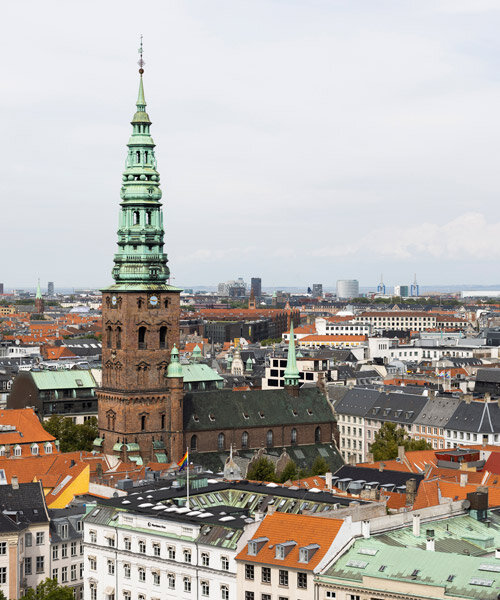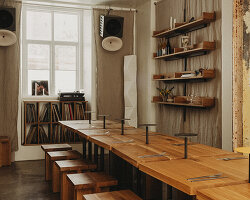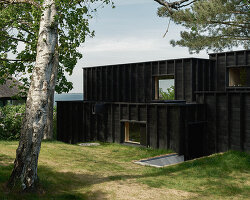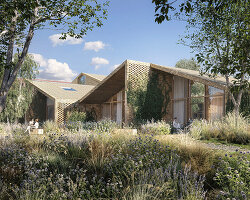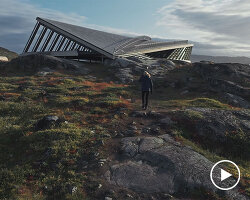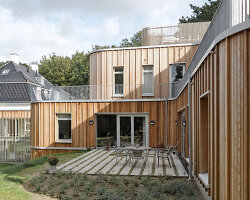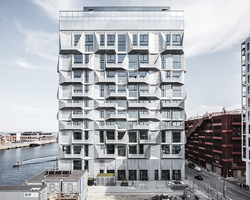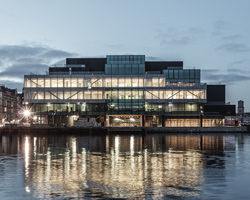learning from copenhagen
Denmark, this year ranked the world’s second-happiest country, is known for both its high quality of life and its forward-thinking approach to sustainability and urban planning. Against this backdrop, the newly announced Copenhagen Architecture Biennial 2025 is set to arrive with its inaugural theme: ‘Slow Down.’ The biennial is curated by Josephine Michau, head of the non-profit CAFx (Copenhagen Architecture Festival), who will reframe the architectural conversation by urging a more reflective, slower pace in the built environment. Michau emphasizes the biennial’s intent to challenge fast-paced, consumption-driven urbanism and instead advocate for a regenerative, long-term approach that considers ecological and intergenerational impacts.
CAFx’s transition to a biennial format allows for deeper engagement and collaboration. Scheduled from September 18th to October 19th, 2025, the Copenhagen Architecture Biennial will be a major ‘moment’ for critical thought and cross-disciplinary exchange. Reflecting on this structural shift, Michau shares in an interview with designboom that ‘curating is the art of drawing connections and engaging with ideas’ in ways that resonate across time and context. Building on her experience at the Danish Pavilion during the Venice Architecture Biennale 2023 (see designboom’s coverage here), she imagines the Copenhagen biennial as a platform where architecture can inspire society to reconsider ‘the rhythm of our ecosystems’ and find harmony between urban spaces and natural landscapes.
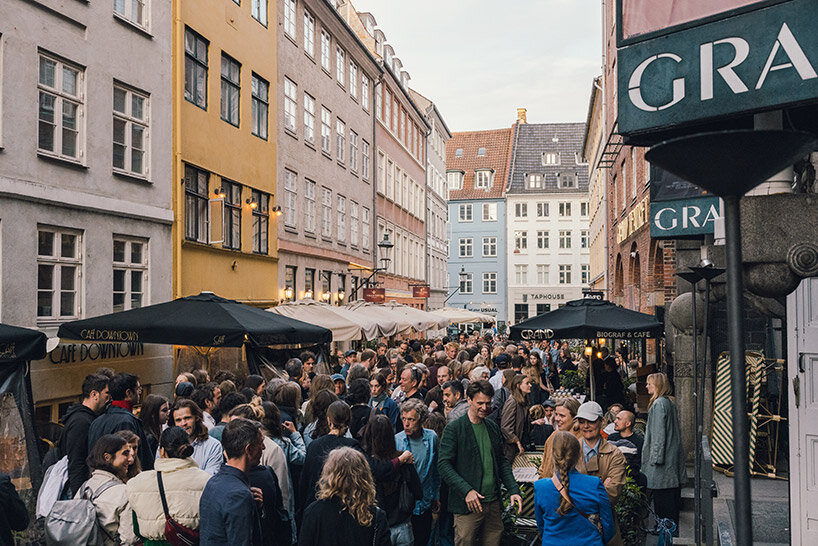
image courtesy CAFx
‘slow down’: a call for sustainable, ethical design
The Copenhagen Architecture Biennial 2025 theme, ‘Slow Down,’ invites the public and industry professionals alike to reflect on architecture’s undeniable role within the current climate crisis. Josephine Michau aptly notes that our current world is driven by ‘hyperpolitics’ and rapid consumption, and sees architecture as a medium for change. She explains: ‘It’s no longer a question of whether we need to slow down, but how.’ She envisions the biennial as a catalyst for discussions on sustainable practices such as biophilic design and circular economies. However, Michau acknowledges the industry’s significant contributions to global CO2 emissions, waste, and biodiversity loss, and stresses the need for systemic shifts that go beyond the efforts of a few outlying pioneers.
Copenhagen itself is a city of the future which progressive optimists around the world aspire to simulate. With its eco-conscious urban policies and recent speed-limit reductions, the Danish capital is an ideal stage for the biennial’s exploration of slower, sustainable urban development. Highlighting the city’s new ‘maintain or explain’ approach, which advocates for the preservation of existing structures, Michau sees Copenhagen as both an inspiration and a model for other cities. The biennial’s exhibitions, talks, and guided tours will broaden public awareness of architecture’s potential to forward intergenerational justice and ecological balance. She says: ‘architecture is not just about designing buildings, but about altering habits and fostering a deeper connection with our surroundings.’ With this inaugural event, Michau and CAFx hope to establish the biennial as a recurring opportunity to reassess our urban environments and contribute to a more sustainable future for cities worldwide. Read the full interview with curator Josephine Michau below!

image courtesy CAFx
dialogue with curator josephine michau
designboom (DB): The theme of the inaugural Copenhagen Architecture Biennial is ‘Slow Down’. What inspired this theme, and how do you see it influencing the future of architecture and urban planning?
Josephine Michau (JM): The theme ‘Slow Down’ represents making a virtue out of necessity. It’s no longer a question of whether we will slow down, nor even if we need to; instead, It’s about how slowness will arrive — softly, like the hush of falling snow, or violently, like a system collapsing under its own weight.
Living in the shadow of the great acceleration — a century marked by unprecedented growth in population, global GDP, energy consumption, and resource use — we must begin to imagine what the impending deceleration of the global system might look like, feel like, and sound like. Architecture plays a crucial role in this reimagination.
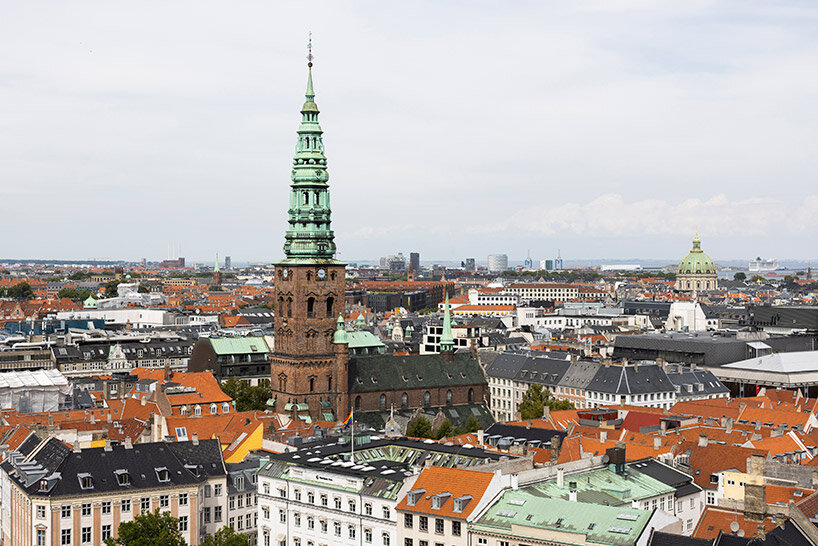
image © Thorkild Jensen
DB: How does your experience curating the Danish Pavilion at the Venice Architecture Biennale 2023 influence your approach to curating the Copenhagen Architecture Biennial?
JM: At its core, curating is the art of drawing connections, synthesizing research, and engaging in a dynamic interplay of ideas and practices, all while negotiating the practicalities of finances, logistics, and the many technical factors that must coalesce into a cohesive whole. These experiences profoundly inform my approach. I have a great team at the office with whom I work and all the above mentioned elements of curating is always a collective effort.
Secondly, the Danish Pavilion at Venice emphasized a slower, more attuned relationship with our built environment, urging us to synchronize with the rhythms of our ecosystems. This ethos also resonates deeply with our intentions for the theme for Copenhagen Architecture Biennial 2025.
Lastly, reflecting on my involvement in Venice has prompted a deeper inquiry into the significance of these events and the forms they might take. How can we evolve the biennial format into something that fosters a more grounded, structural analysis of architecture?
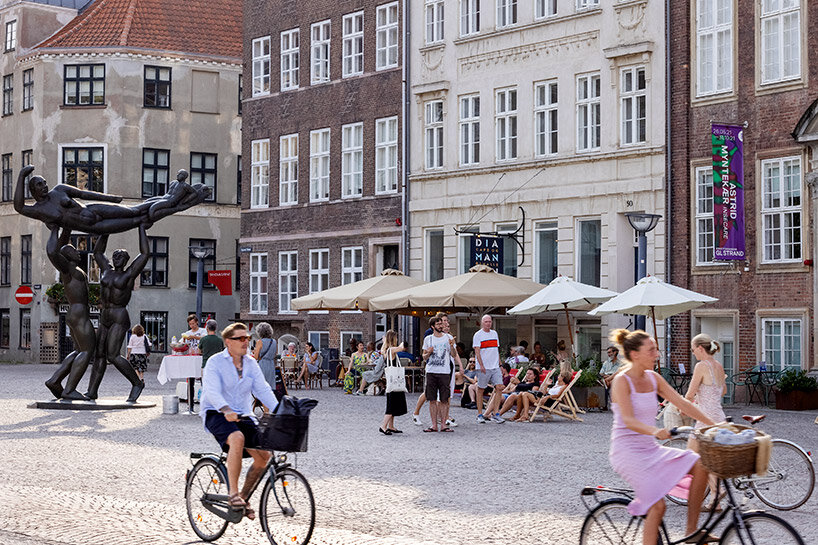
image © Thorkild Jensen
DB: The biennial will challenge fast-paced consumption by promoting long-term ecological care. What are some examples of architectural practices or projects that embody this philosophy?
JM: In a world governed by an unreflective acceleration, where ‘speed’ is often equated with efficiency and success, it is crucial to recognize that while examples of long-term ecological commitment are inspiring, they remain regrettably rare. Some architects, by choice or circumstance, diverge from the mainstream to practice more responsibly, driven by a commitment to sustainable design principles or, at times, by necessity due to limited resources. Through approaches such as biophilic design, circular economies, and vernacular methods, these architects embrace a localized, regenerative way of working.
However, in a sector responsible for 37% of the world’s CO2 emissions, 30% of the world’s waste production, and nearly 30% of global biodiversity loss, we face a systemic challenge: genuine reform cannot rest on the shoulders of a few pioneers alone. To foster transformative change, we must cultivate supportive economic structures that allow slower, more ethical practices to flourish in the industry’s future.
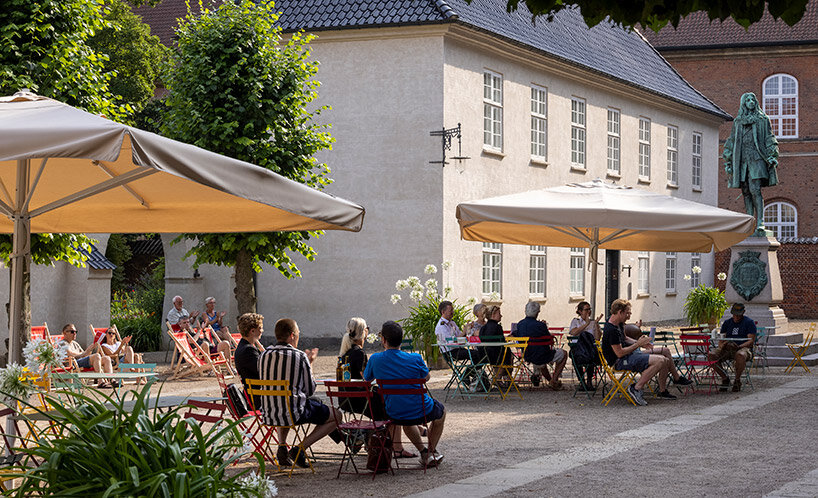
image © Thorkild Jensen
DB: Architecture’s role in CO2 emissions and waste production is significant. What concrete changes do you hope the biennial will inspire among industry professionals and policymakers?
JM: We find ourselves in a climate that political theorist Anton Jäger has termed ‘hyperpolitics’ — a state of political life thriving on spectacle, urgency, and moral posturing — that tends to leave too much of the substance of politics to lobbyists and special interests. The momentum for genuine change will require an interplay between public demand, mediated through civil society organizations, and political will that can break free of the shortsightedness of electoral cycles.
Real, lasting impact will be found in policies that make responsible practices both viable and necessary, and that also embrace a slow politics that ‘stays with the trouble’ — reevaluating and adjusting as we receive feedback from the system while remaining stable enough for companies to rely on the commitments and legislation put in place.
If we are to accelerate anything, despite what we are advocating for, this is it — political action. Yet, this shift will only thrive within a new culture of thoughtful slowness. For unexamined speed always returns us to the same extractive cycle, exhausting resources and possibilities alike.
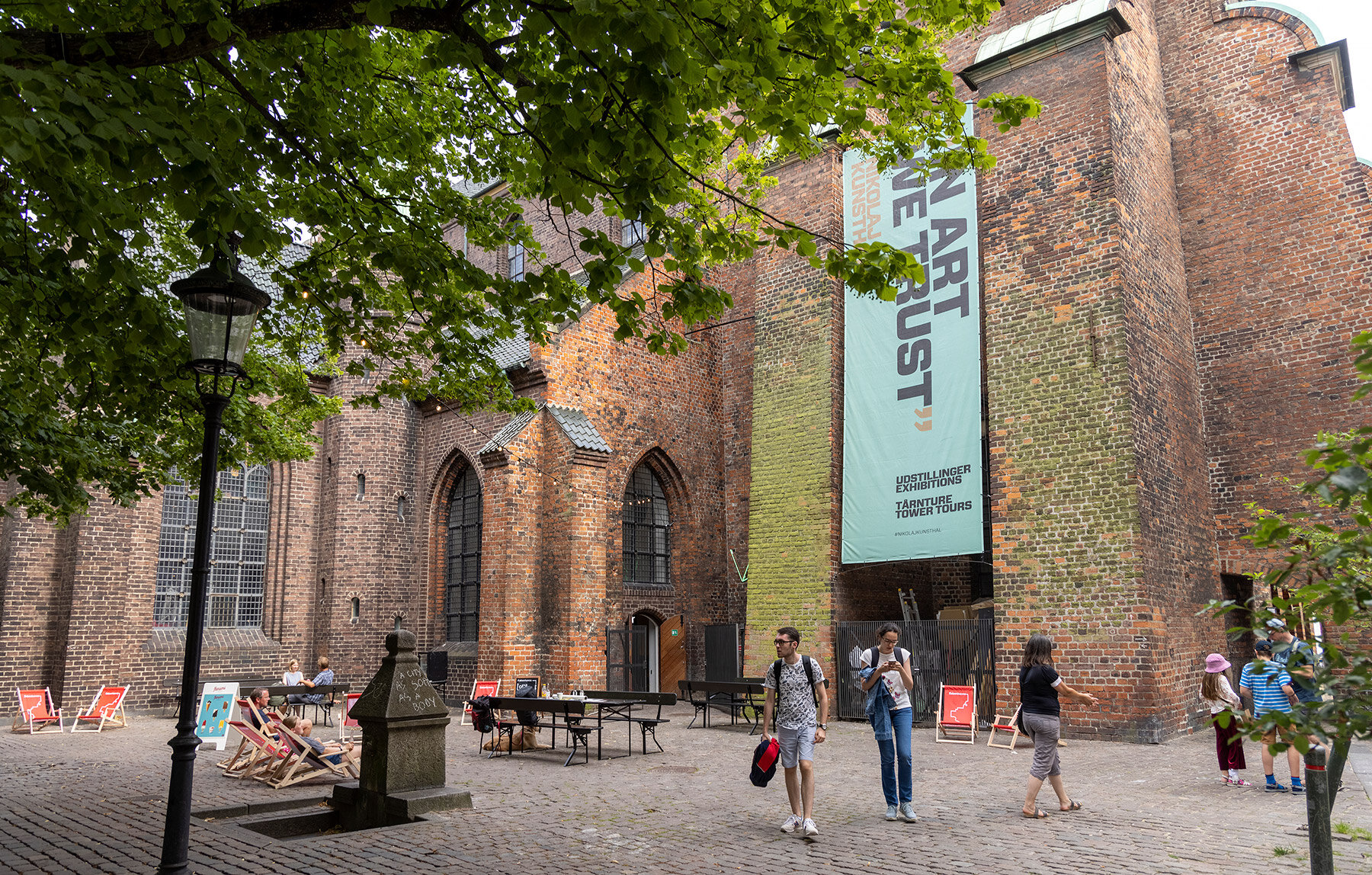
image © Thorkild Jensen
DB: It’s mentioned that ‘Slow Down’ suggests a paradigm shift towards intergenerational justice and ecological impact. How do you plan to engage the public and create discourse that extends beyond industry professionals?
JM: People care deeply about a responsible approach to questions of climate, biodiversity, and spatial justice, and addressing these issues in an adequate manner necessitates a transition in the building sector. So, it’s really about documenting and narrating the importance of architecture’s role in tackling problems that people care about.
Secondly, we believe that everyone should understand that architecture is something far stranger, more interesting, and influential than we often admit. It’s not just about designing cities and buildings; it’s about altering habits, headspace, and our interactions with the web of life we both inhabit and rely on.
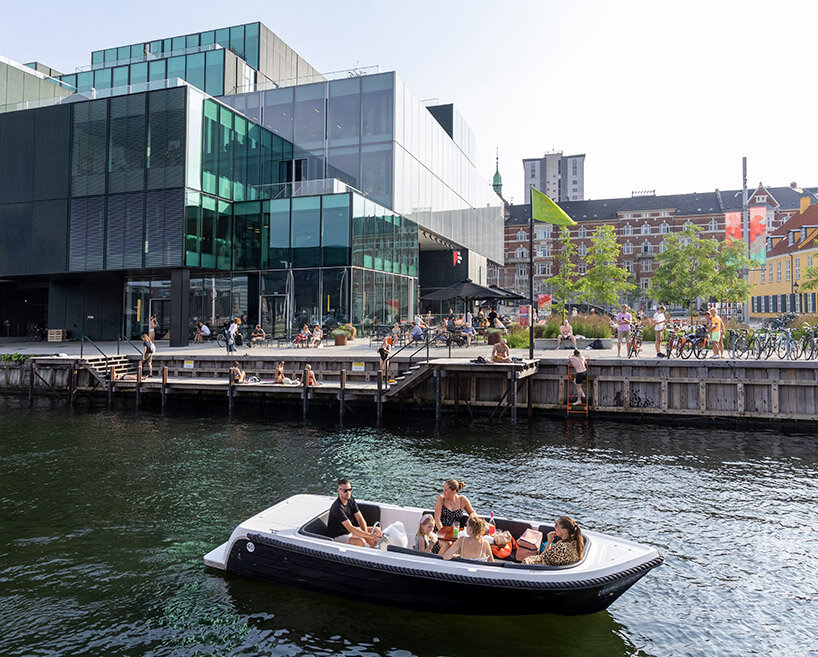
image © Thorkild Jensen
DB: Copenhagen has a history of sustainability and innovation in urban design. How does the city itself serve as a backdrop or participant in the ‘Slow Down’ theme?
JM: Copenhagen stands out as a notably slow city in comparison to many others. With a population of just 1 million, most people get around by bike, foot, or metro — making cars less dominant in the urban landscape. For those cars that do exist, a recent reduction in the speed limit to 30 km/h (18.6 mph) from 50 km/h (31 mph) in the city center further reflects the city’s slower rhythm.
Copenhagen’s Municipal Government has also introduced a new approach to urban development with the mantra: ‘maintain or explain.’ This means we should only tear down old structures when there is a clearly justified reason for doing so. Instead of constantly expanding, we are encouraged to focus on transforming, repairing, and repurposing what already exists. While this philosophy resonates within the industry, it still faces challenges within the current legal framework.
Yet, we must also face the reality that Denmark’s global climate footprint is 4.5 times larger than the size the population is entitled to. Slow Down thus serves as both an affirmation of the city’s commitment to sustainable practices and a caution against the pull of ‘green consumerism.’ It calls for a deeper reflection on consumption and urban expansion, urging us to reconsider our metrics of success through the lenses of ecological, social, and intergenerational justice, and with more reflective ideas about the good life.
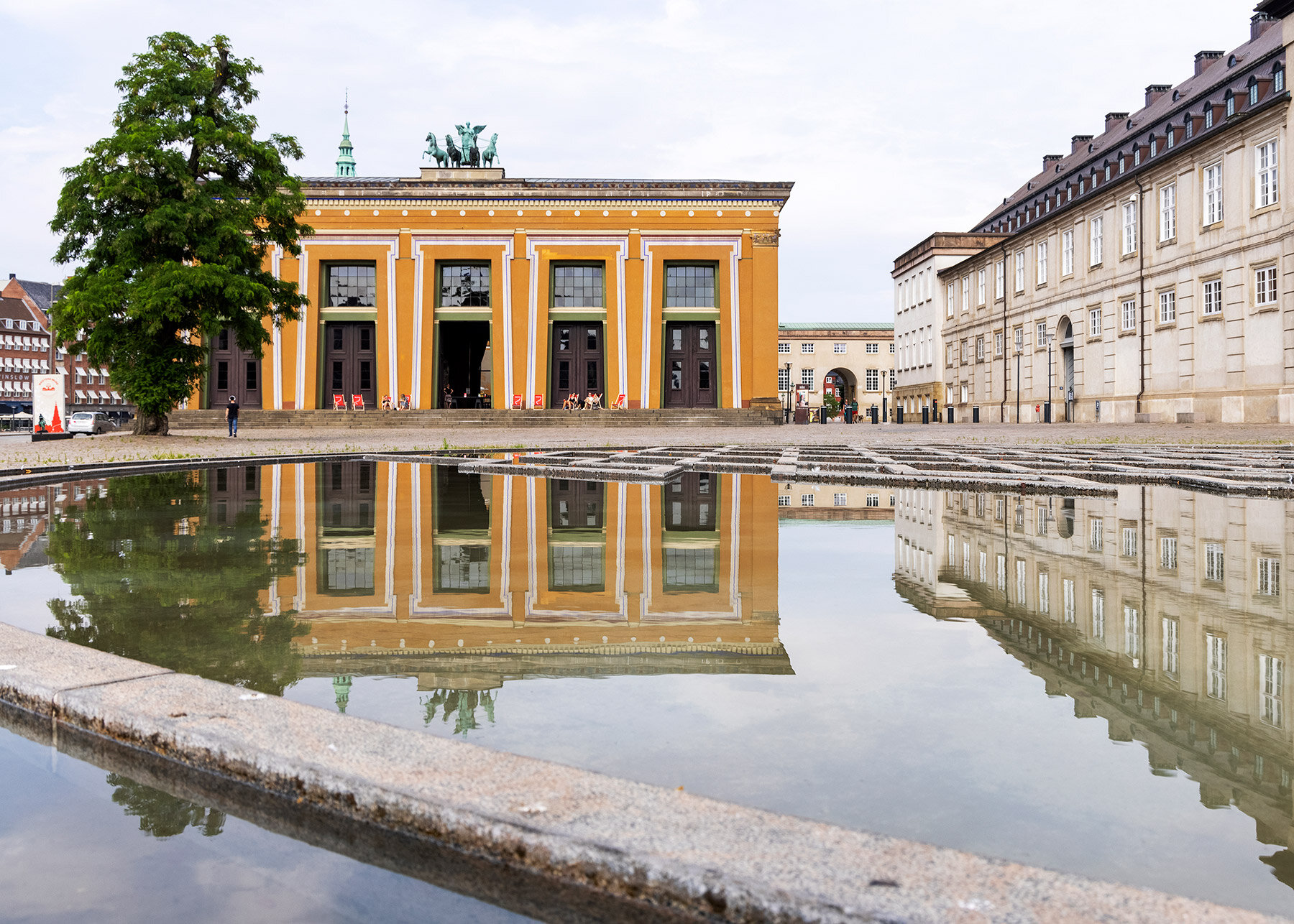
image © Thorkild Jensen
DB: Given the current pressures of rapid technological development, how do you balance showcasing innovation while advocating for a slower, more thoughtful approach to architecture?
JM: We believe it’s about asking deeper, more systemic questions, not getting lost in the transient allure of what’s fashionable — whether it be in technique, technology, or style. To slow down is to step back, to pause and reflect on the conditions of architectural production rather than to individual architectural products.
Secondly, at a slower pace, we might find the space to tell new stories — stories that inspire and uncover the long-term potential of a world shaped by this larger structural re-conditioning. Technological innovations, such as new ways of working with biogenic or repurposed materials, can help us tell these stories. However, we must not forget that the stories themselves may be the most effective and transformative technologies at play.
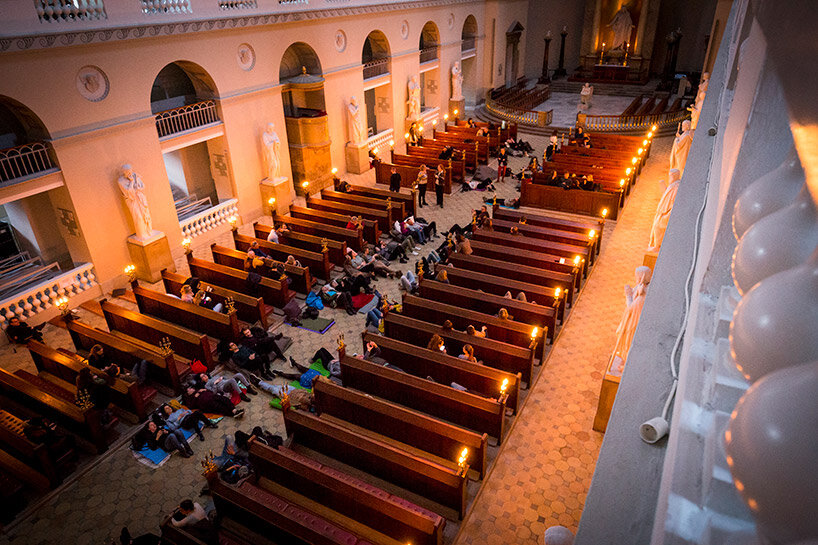
image courtesy CAFx
DB: Looking ahead, what legacy do you hope the Copenhagen Architecture Biennial 2025 will leave for future editions and for the global discourse on sustainable architecture?
JM: From exhibitions and symposia to guided tours and social events, we hope to create breaks in the inertia of the mundane, within which professionals and the broader public can begin to explore new routes and roles for architecture in the long term. The legacy of the biennial is not one of immediate change but of planting seeds that, over time, may foster an architecture defined by resilience, slow reflection, and ethical awareness.
Our Biennale is organized by Copenhagen Architecture Forum — an organization dedicated to a year-round architectural program. To resist the gravitational pull of the fleeting and the spectacular that define contemporary event culture, the biennale thus builds on the Forum’s continuous exploration of architectural issues throughout the year. This commitment to an annual program provides a consistent foundation that supports sustained local impact, transforming the biennial into a more grounded and lasting initiative, rather than a brief event that flashes into existence only to dissolve into obscurity.
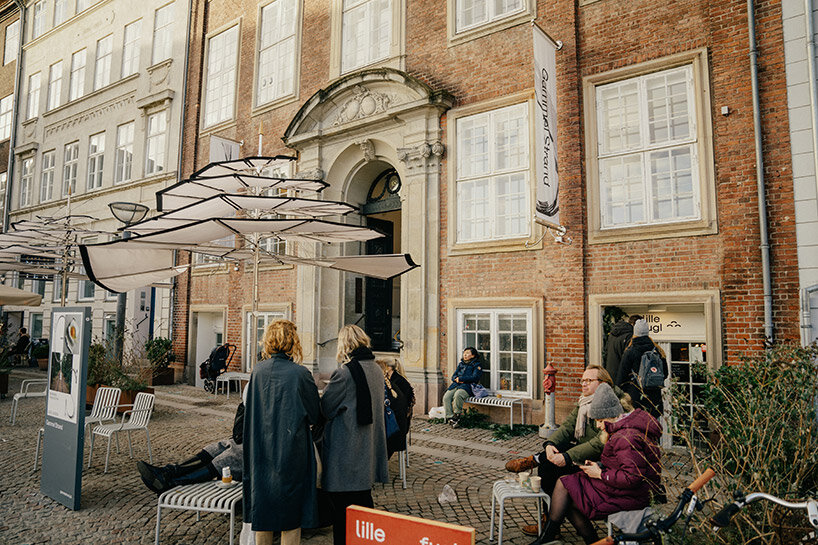
image © Joakim Züger
project info:
event: Copenhagen Architecture Biennial 2025 | @copenhagenarchitecturebiennial
location: Copenhagen, Denmark (various locations)
dates: September 18th — October 19th, 2025
head curator: Josephine Michau, CEO, Founder and Chief Curator, CAFx & Copenhagen Architecture Biennial
photography: © Thorkild Jensen, Joakim Züger, CAFx
happening now! partnering with antonio citterio, AXOR presents three bathroom concepts that are not merely places of function, but destinations in themselves — sanctuaries of style, context, and personal expression.
